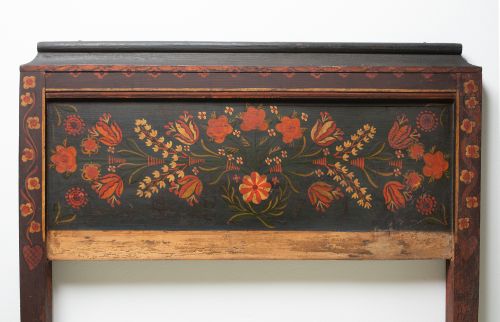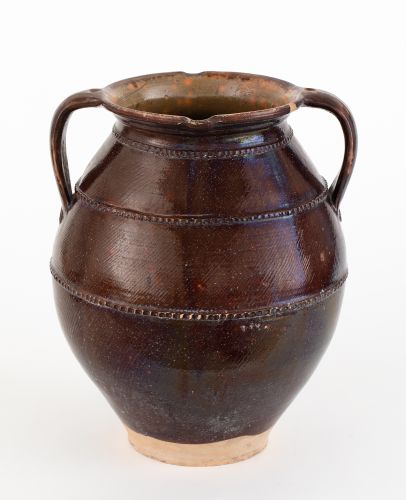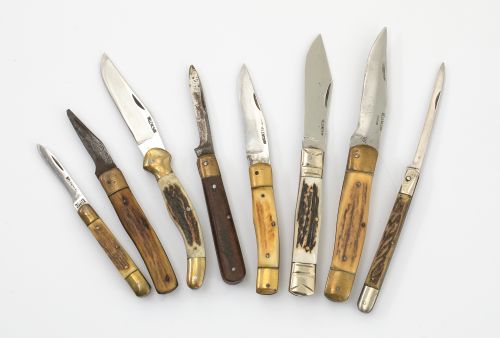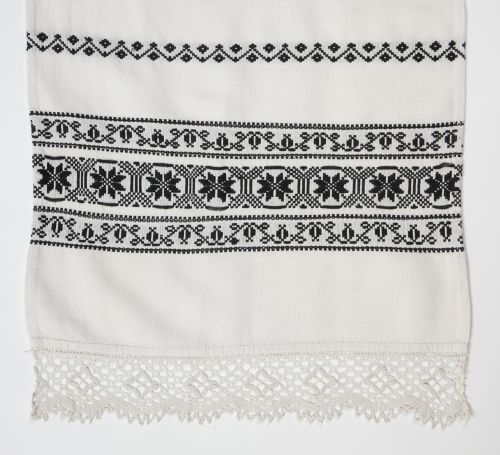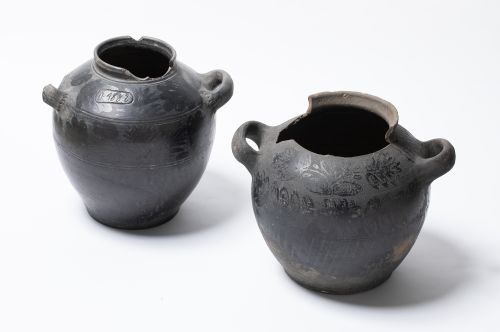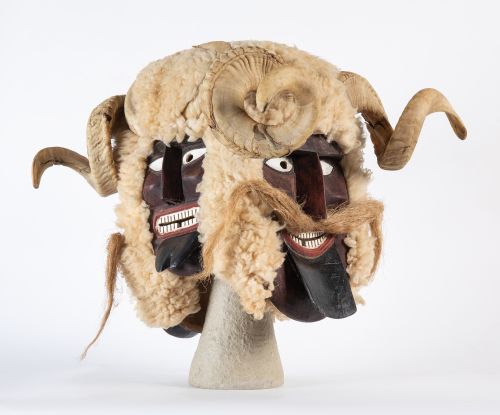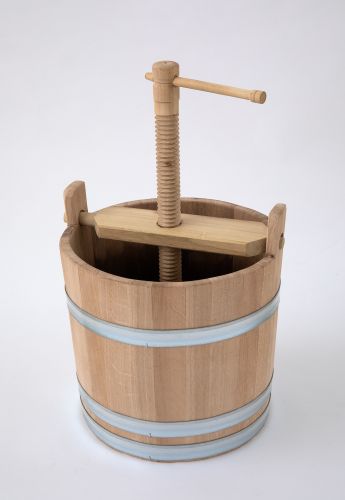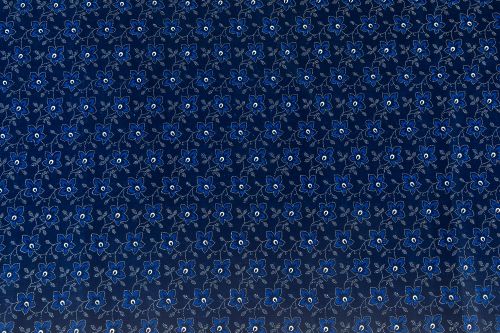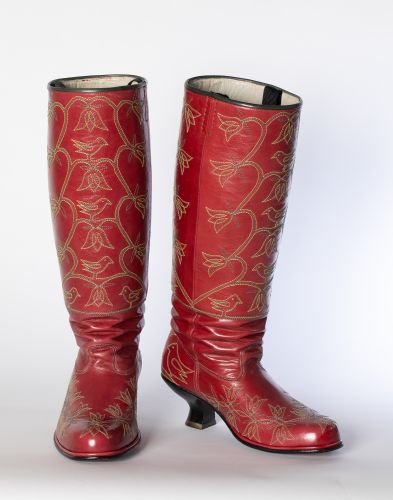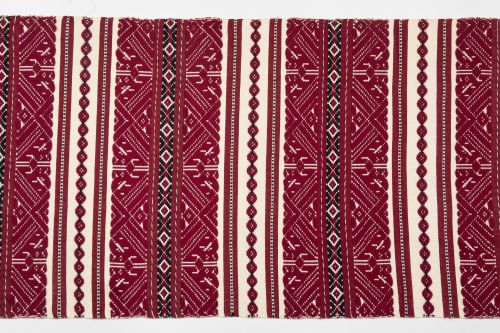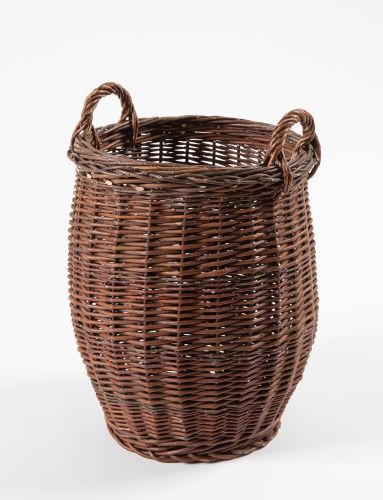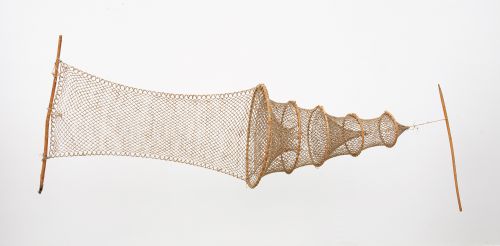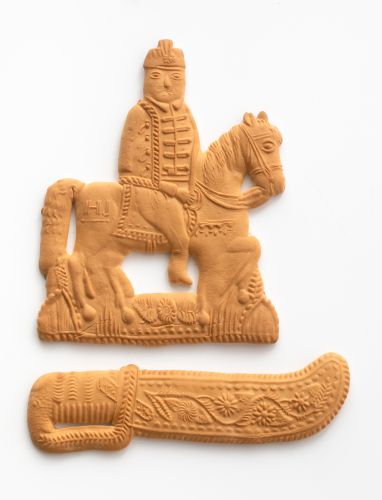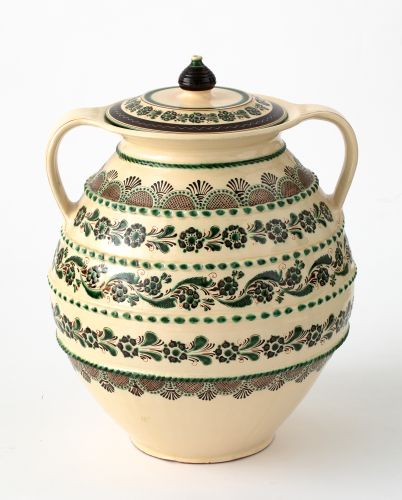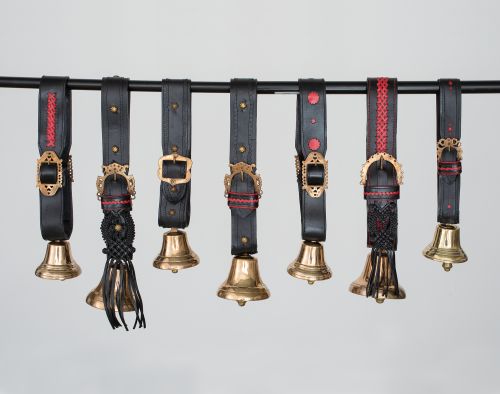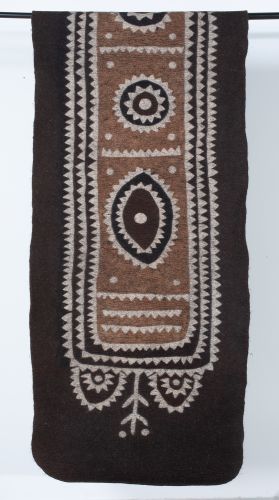The Pencz family of fishing tool makers
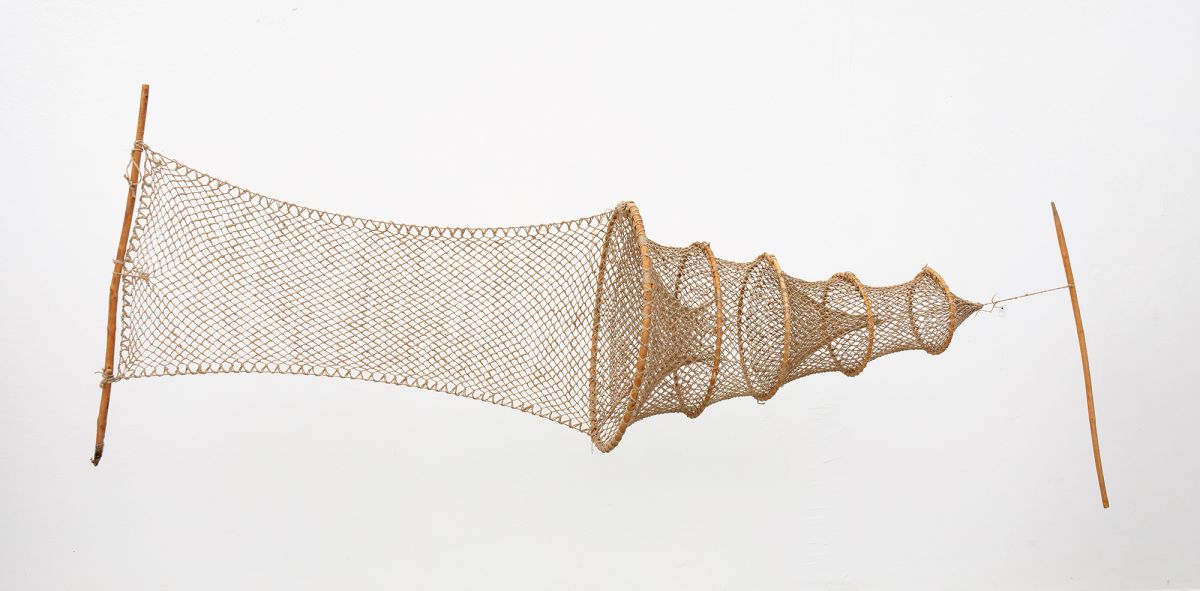
PENCZ József
Five-hooped small fish weir / 2008
hemp, bloody dogwood
Photo: SULYOK Miklós
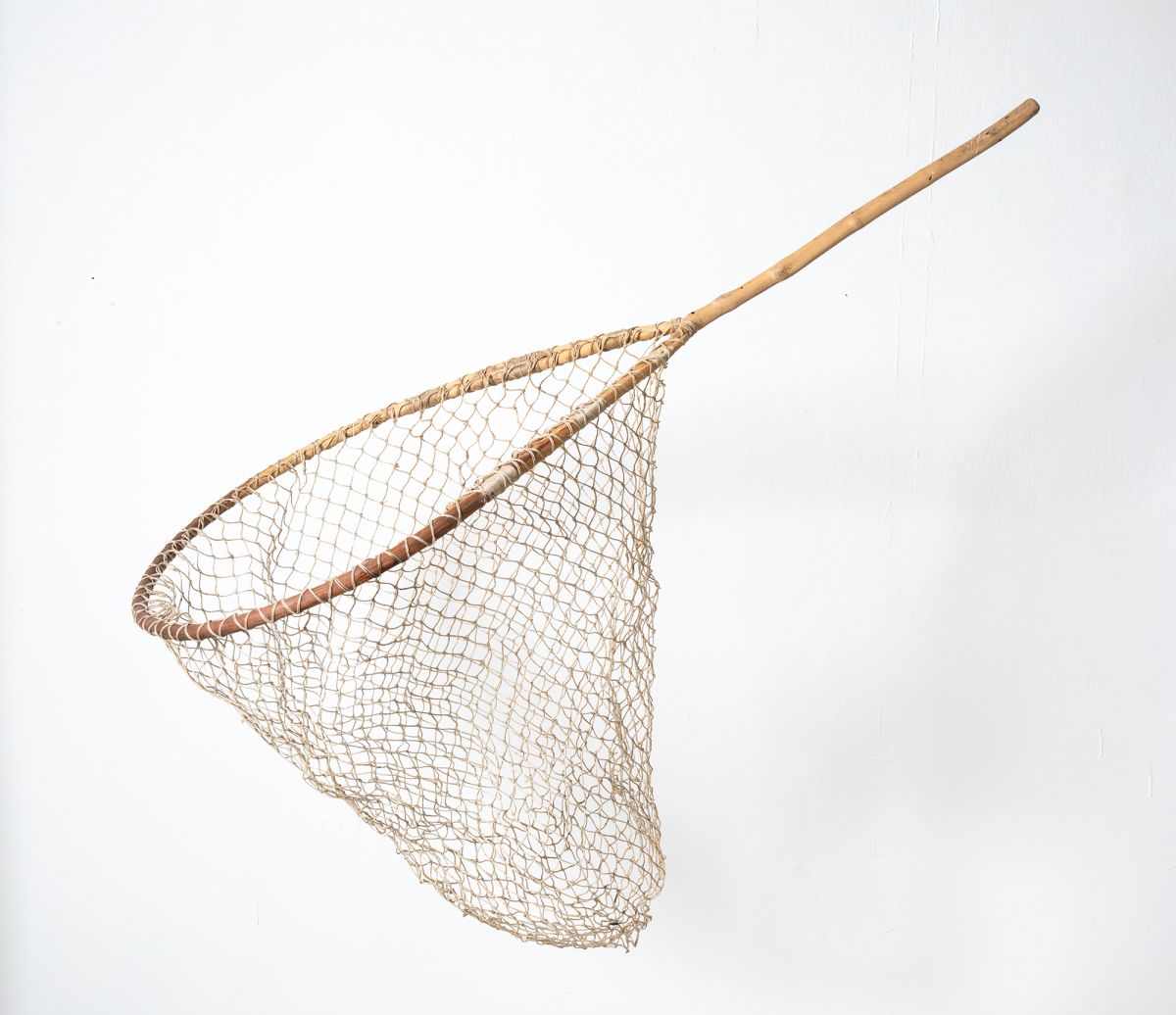
PENCZ József
Hand net / 2006
hemp, ashen nurtured for years
Photo: SULYOK Miklós
József Pencz, fishing tool maker, and his Swabian paternal ancestors lived in Bácsszentgyörgy. „Gyurity” is situated 25 km south of Baja, in the flood plain of the Kígyós main. In the 20th century, fishing did not represent a source of income for the men here, but rather a pastime, which was also appreciated by the women, as fish was a daily source of food for their kitchen during the spring and summer seasons. In the spring, the water flooded the pastures, the carp came to spawn, and the men waded in water up to mid-thigh to catch them. They were unable to make a net, so they constructed their own feelers out of bicycle tyres, chicken wires and wood. At low water levels in summer, they fished in pairs with small drift nets: walking in the water, they would pull the net over to one bank or the other, collecting the fish in bags tied around their waists. Carp were also caught using a casting net, but only a few people had one. They bought their drift nets and casting nets from fishermen on the Danube, which by then were made of plastic.
For Pál Pencz (1910-1972), fishing was huge passion: when the water came, he would throw the scythe away even at the time of the highest harvest, and his wife had to reap the harvest alone weeping.
József Pencz (1937-1995) was a master of fishing by hand, taking his son with him from the age of 6. He knew every hole in the Kígyós bed, its hiding places formed by roots.
József Pencz (1963) learned the basics of net making from an old fisherman from Baja, Dani Taba. He managed to recreate the traditional fishing gear designs made of hemp and wood on his own – after long research and practice – with the help of specialist books. In 2002 he received the title Applied Folk Artist, and in 2003 the Golden Halberd challenge trophy.
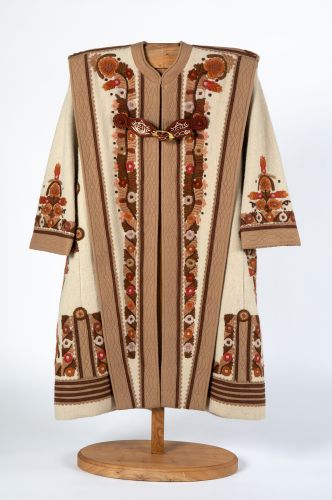
The Csibi family, peasant cloak embroiderers and makers
